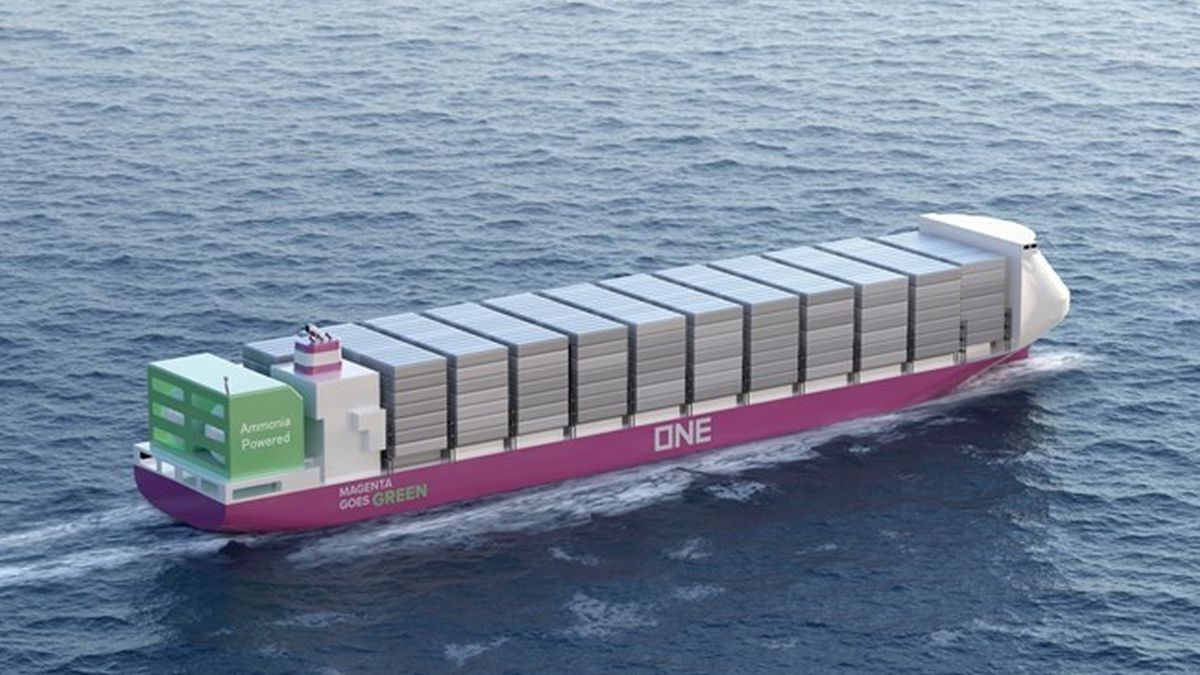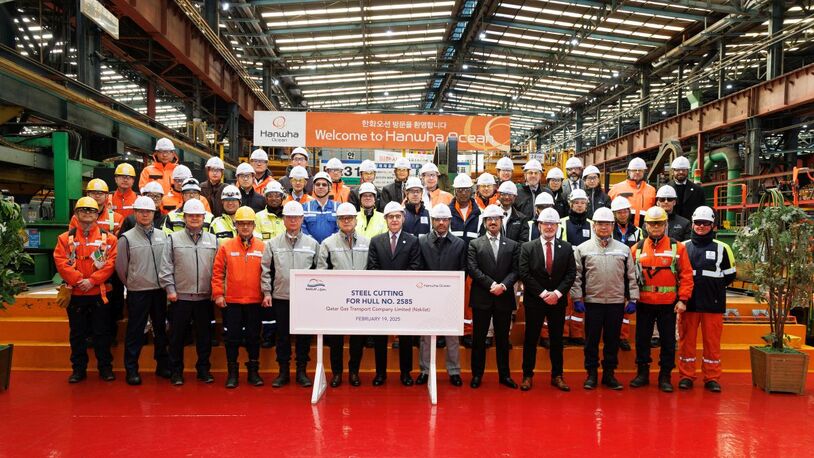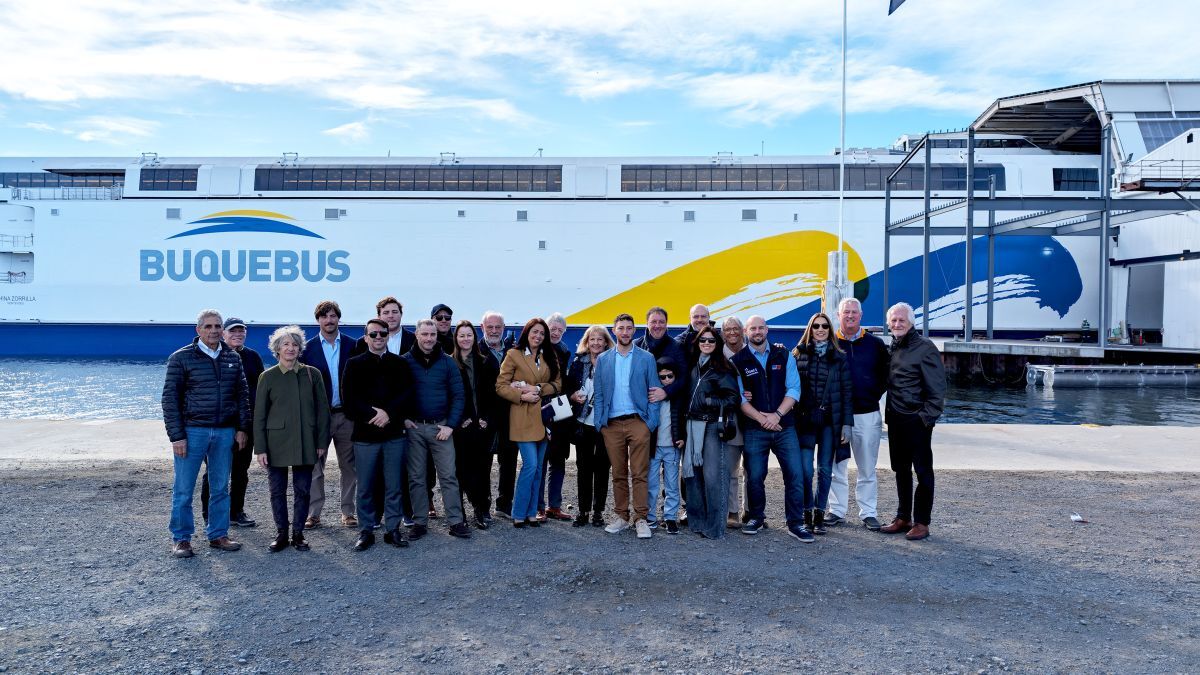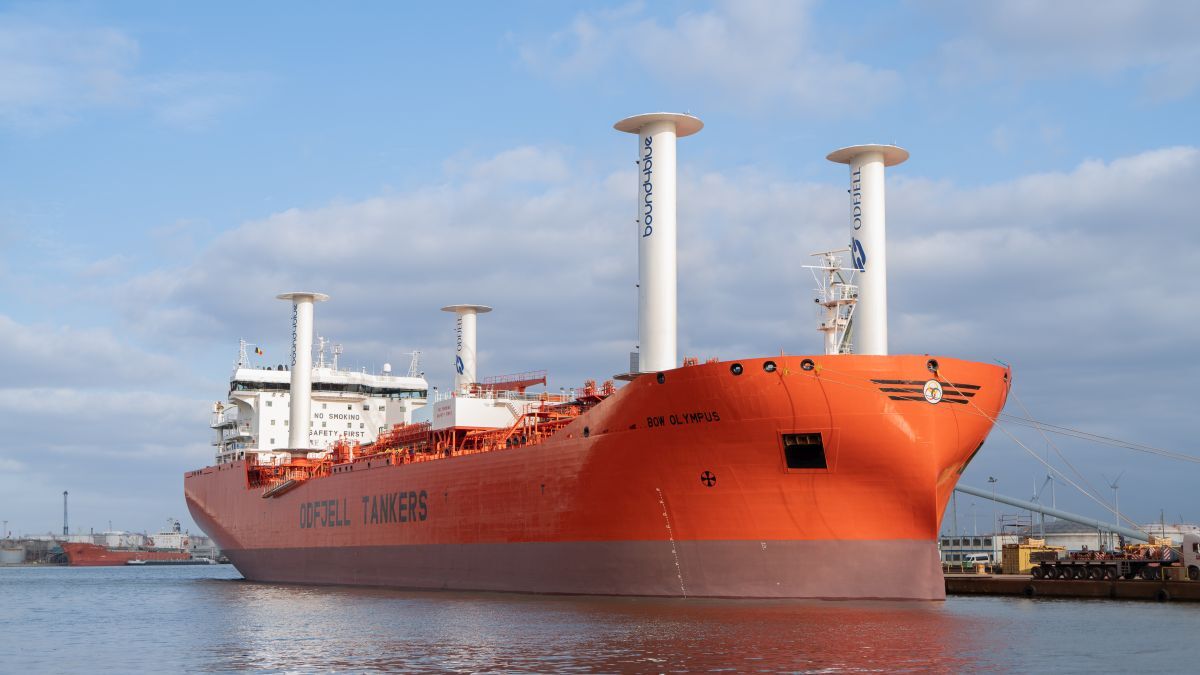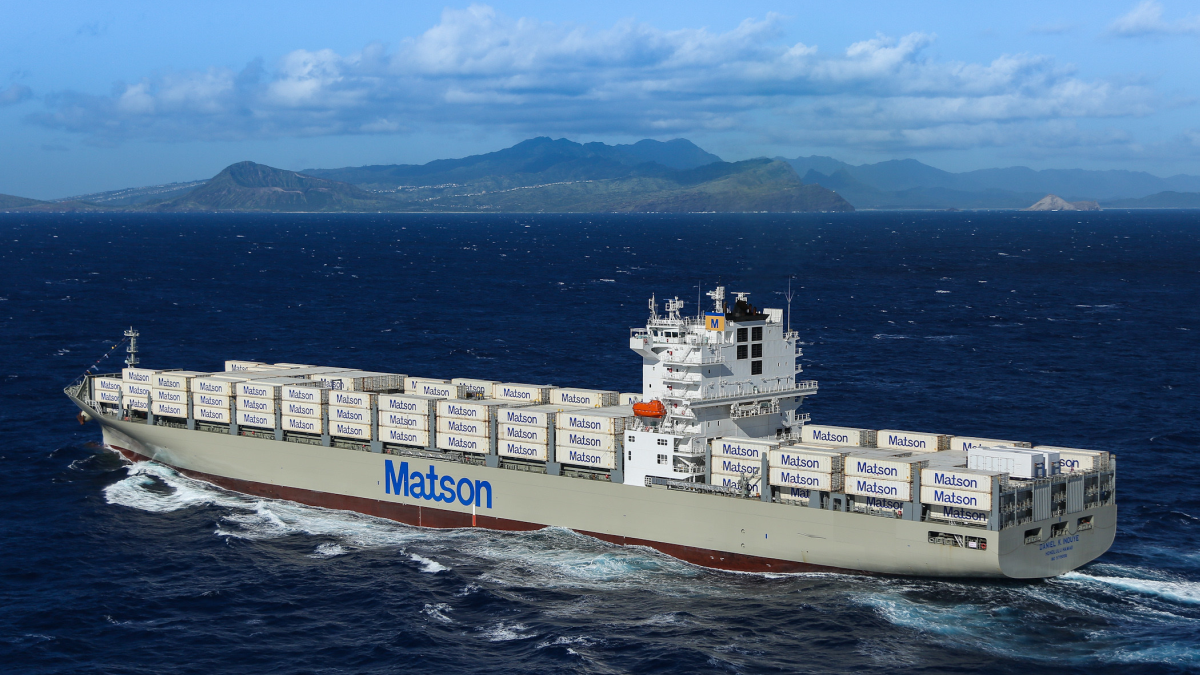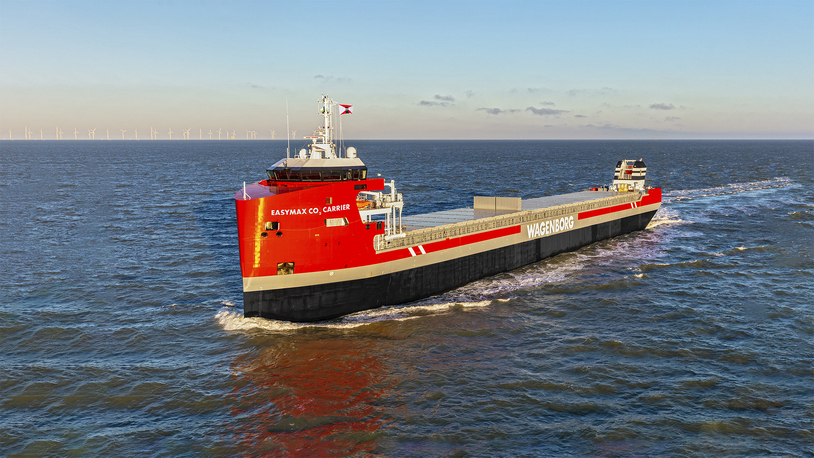Business Sectors
Events
Contents
Current high and low points for maritime's decarbonisation
Veson Nautical’s VesselsValue draws down data to show where maritime is succeeding and where it is failing in its decarbonisation efforts
Dual-fuel vessels orders in selected sectors 2018-2024 YTD
source: VesselsValue, November 2024
Dual-fuel engines can operate on both traditional marine fuels such as heavy fuel oil as well as less carbon-intensive alternatives like liquified natural gas (LNG). LNG carriers have been fitted with these engines for some time, but vessels from other sectors, particularly container shipping, are catching up. Dual-fuel vessels are destined to play a bridging role as the global maritime industry makes its journey through the energy transition.
The above data charts the huge rise in orders for dual-fuel vessels over the last six years. There are still some gaps in the orderbook, particularly in the ferry, offshore and smaller bulk carrier sectors, and a creative solution would need to be found to enable smaller vessels to be equipped with dual-fuel engines. However, the higher costs, space constraints and the lower operational range of most of these vessels means conventional dual-fuel engine technology is not viable.
“As the maritime industry begins to decarbonise, many of the major shipping players are future-proofing their fleets, and this is particularly evident in the container shipping sector,” Veson Nautical senior content analyst Rebecca Galanopoulos says. “The fact that just 4% of container vessel with dual-fuel engines were ordered in 2018 compared with 65% in 2024 gives an indication of the progress being made.”
LNG fleet cargo miles and number of live vessels

source: VesselsValue, November 2024
With a global infrastructure stretching back decades, LNG is set to play a vital role as a bridge fuel for the energy transition, and the above chart illustrates its exponential growth over the past decade.
According to data from VesselsValue, the live LNG fleet has surged in capacity by 142% from 47.1M m3 to 113.9M m3 in the last decade. These numbers are supported by (cargo miles) growth which has more than doubled since 2014 from 230Bn m3 per nautical mile to 504Bn m3 per nautical mile.
With LNG supply set to increase by ~57M tonnes per annum in 2026, the market for LNG carriers is set to increase with record numbers of the vessels being ordered in 2022 and 2023.
“The significant increase in the global LNG fleet shows owners’ confidence in the market, and the desire to replace some of the older less-efficient vessels in the fleet,” says Veson Nautical associate director of valuations and analytics, Olivia Watkins.
“The maritime industry adopting more dual-fuel engines that burn LNG is only going to increase demand in this sector further.
Older bulk carriers are slowing down to meet IMO emissions targets

Percentage difference between average speed of 0-5 year-old and 10-15 year old bulk carriers 2012-2024 (source: VesselsValue, November 2024)
International Maritime Organization (IMO) is committed to lowering the carbon intensity of the shipping industry and has introduced regulations aimed at lowering emissions across fleets worldwide.
The new regulations have meant owners of older bulk carrier vessels that were built with less-stringent design criteria than new vessels have had to find a creative solution to meeting carbon reduction goals. They have slowed down.
The bulk sector generally has less time-sensitive cargoes such as iron ore, bauxite, coal and other commodities which means slow steaming is possible. If a vessel slows down by just 1 knot it can result in a 15% decrease in greenhouse gas emissions. The above data from VesselsValue shows how much the average speed of a newer vessel differs from an older vessel.
“Before the market spike for bulk carriers in 2021, newer vessels were travelling 5% faster on average than older vessels and we are not far from that again,” Veson Nautical valuations analyst Oliver Kirkham says. “Our data supports the concept of an emerging two-tier market because as the bulk carrier fleet ages, a premium can be levied on newer, faster vessels.”
The global seaborne coal trade is rising not falling

World total seaborne coal trade (source: Oceanbolt, November 2024)
According to a report published earlier this month by the Coal Transition Commission (CTC), coal remains the largest source of electricity worldwide, representing 36% of generation globally, and accounts for over 40% of all energy sector emissions of carbon dioxide. The CTC, launched in 2023 at COP 28 by President Macron of France, acknowledges transitioning away from coal, especially in developing nations, is going to pose one of the greatest challenges to the energy transition, and as the chart above illustrates, the issue is going to get worse before it gets any better.
The global seaborne coal trade hit record highs in 2023 with 1.39Bn tonnes being shipped to consumers across the world according to commodity market intelligence provider Oceanbolt. Chinese coal imports were the main driver of the record figure in 2023, increasing 62% year-on-year to 474.42M tonnes.
“Last year was huge for the seaborne coal industry,” Veson Nautical senior maritime analyst Mikkel Nordberg says. “We estimate the 2024 figure is going to be slightly lower than 2023 at 1.14Bn tonnes, but these are still massive numbers and give an excellent indication of the work that still needs to be done to transition away from coal.”
Riviera’s Maritime Decarbonisation Conference, Asia 2025 will be held in Singapore, 2-3 April 2025. Click here for more information on this industry-leading event.
Related to this Story
Events
Maritime Environmental Protection Webinar Week
The illusion of safety: what we're getting wrong about crews, tech, and fatigue
Responsible Ship Recycling Forum 2025
© 2024 Riviera Maritime Media Ltd.


